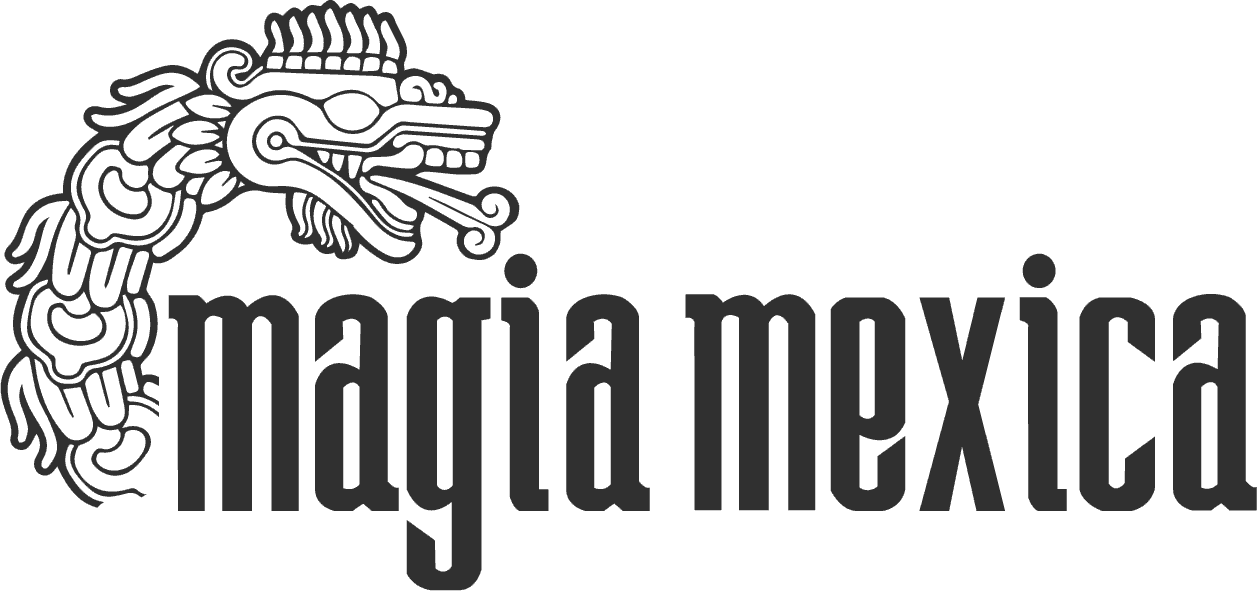1. Pedir Calaverita / Ask for a "Calaverita"
It dates from the Mesoamerican era when a macehual child (in Aztec society occupied the third step in the social structure, was located above the slaves and below the nobles) had no money to place fruit or food for the offering to their beings dear ones
Faced with this situation, the little boy used his ingenuity, painted his face and went out to ask for his "skull", which was nothing more than help or donations from the neighbors for his altar. The children went out to ask for their skulls with a pumpkin or hollow chilacayote and inside they placed a candle.
2. Calaverita de Azucar / Calaverita sugar candy
Death for Mesoamericans was only the conclusion of a period of life. In practice it was common to keep skulls and show them during the rituals that symbolized the end of that cycle.
After the arrival and of Spaniards, the rituals that seemed against the precepts of the Catholic religion were banned and in many cases were replaced.
This is the case of these delicious sweets in form of skulls that serve to remember the dead and the destiny that we will all share, although they are also a way to entertain our appreciation and maintain one of the richest traditions in Mexico.

3. Cempasuchil Flowers
They are the usual ornament on the altars and in the sepulcher. The cempasúchil flower is the flower that, by its aroma, serves as a guide to the spirits in this world. The arch is placed on the cusp of the altar and symbolizes the entrance to the world of the dead and is decorated with lemongrass and also cempasúchil.

4. Shredded Paper
It is considered as a representation of the festive joy of the Day of the Dead and the wind.

5. La Catrina
It has more than 100 years of history. This character was created by the Mexican cartoonist José Guadalupe Posada, it was originally called "La Calavera Garbancera".
This word came from the chickpea sellers, who appeared to be rich, hiding their indigenous roots. This group of merchants intended to have the lifestyle of Europeans.
This female character emerged as a mockery of the natives who had enriched themselves and belittled their origins and customs. This fact the cartoonist knew how to capture masterfully.
The influence of Posada's work later reached Diego Rivera, who coupled the term "La Catrina" in 1947 in his work "Dream of a Sunday afternoon in the Alameda Central".

6. Calaverita Literaria / Literary Calaverita
It is a verse composition with consonant rhyme, usually written in the Day of the Dead’s eve as epitaphs, portraying people as if they were dead
They are characterized by their irreverence and the use of mockery or irony is paramount.
They are most used to satirize famous or political characters, as well as to show disapproval or disgust before the authorities.

